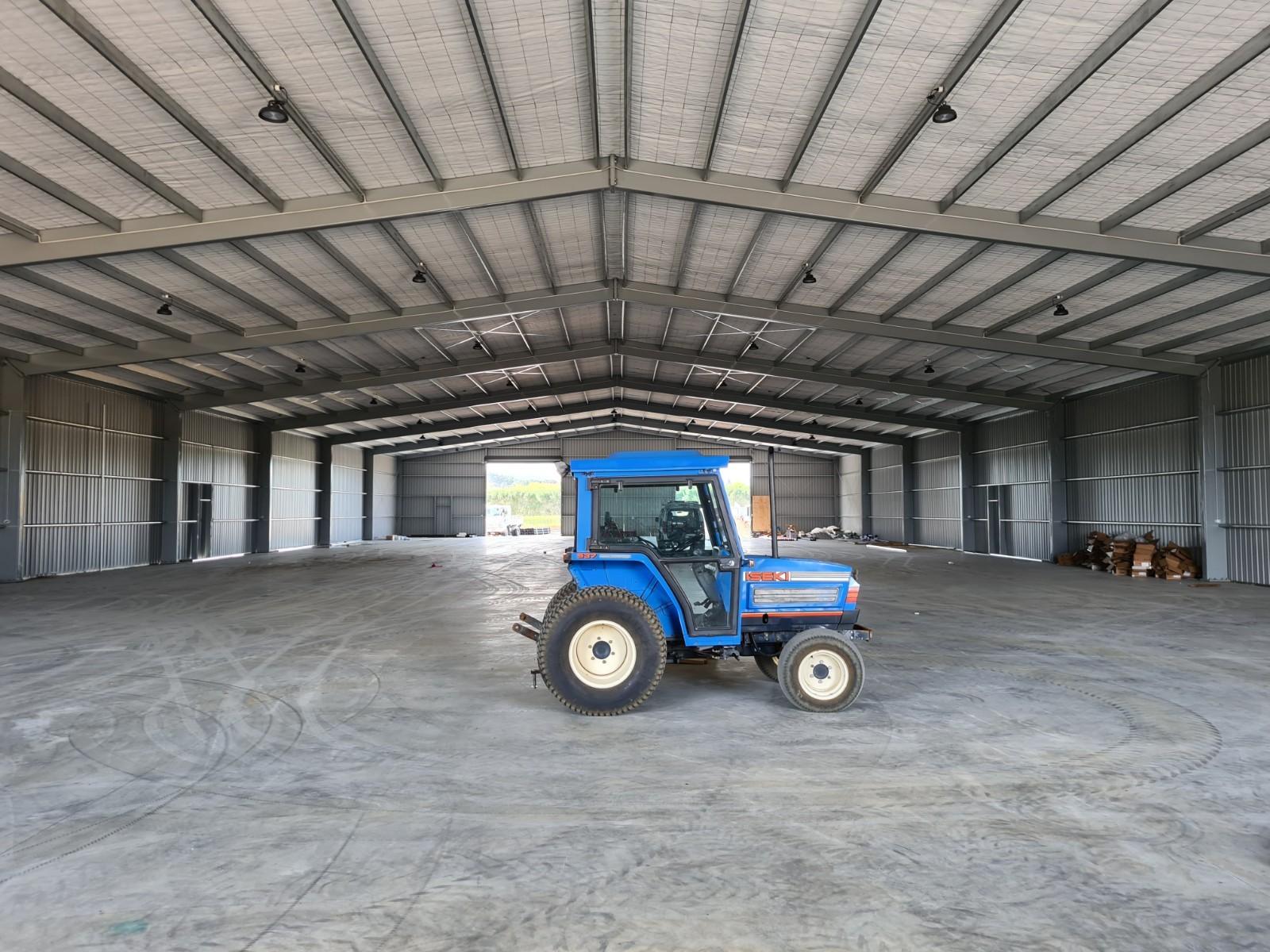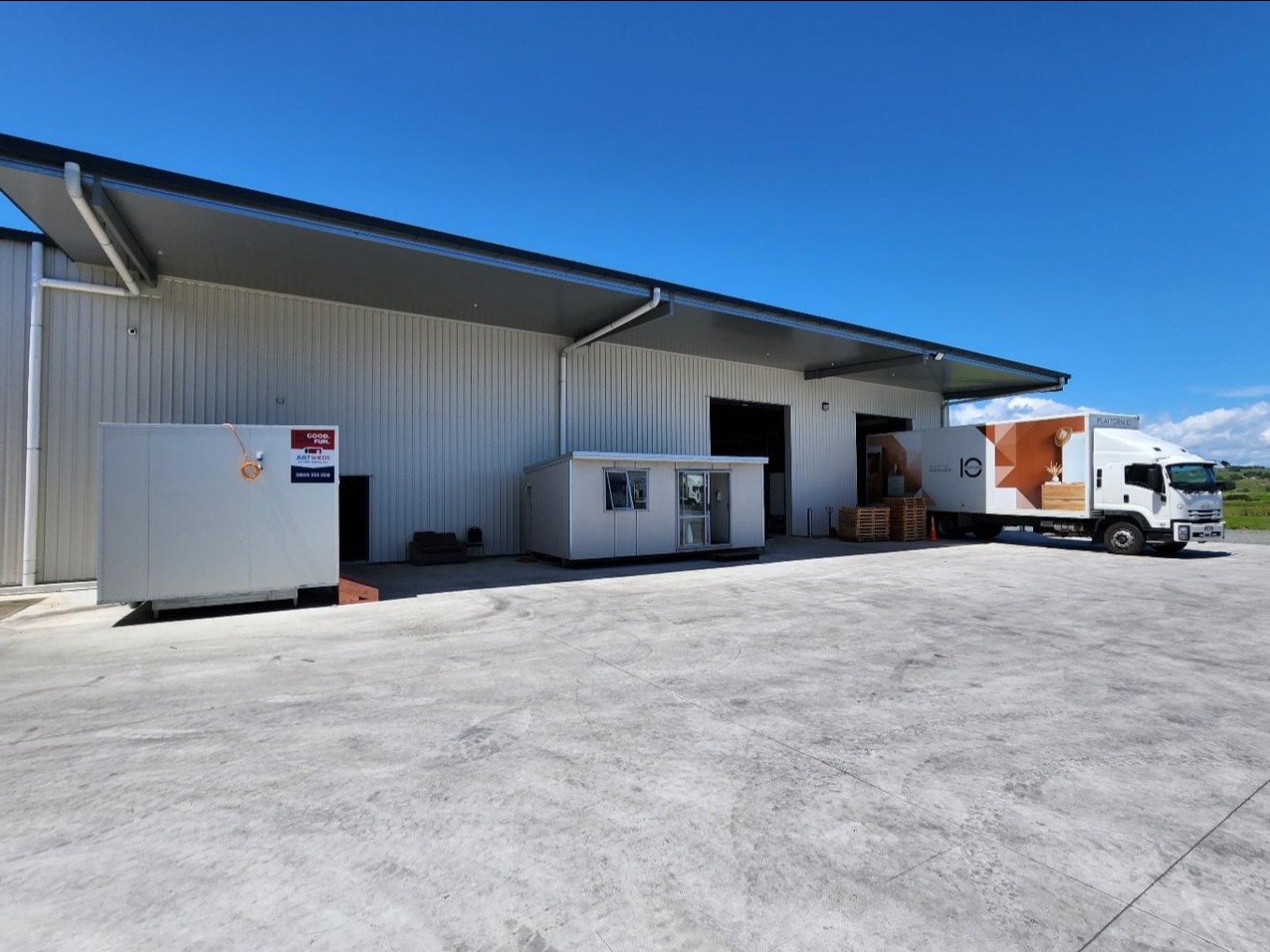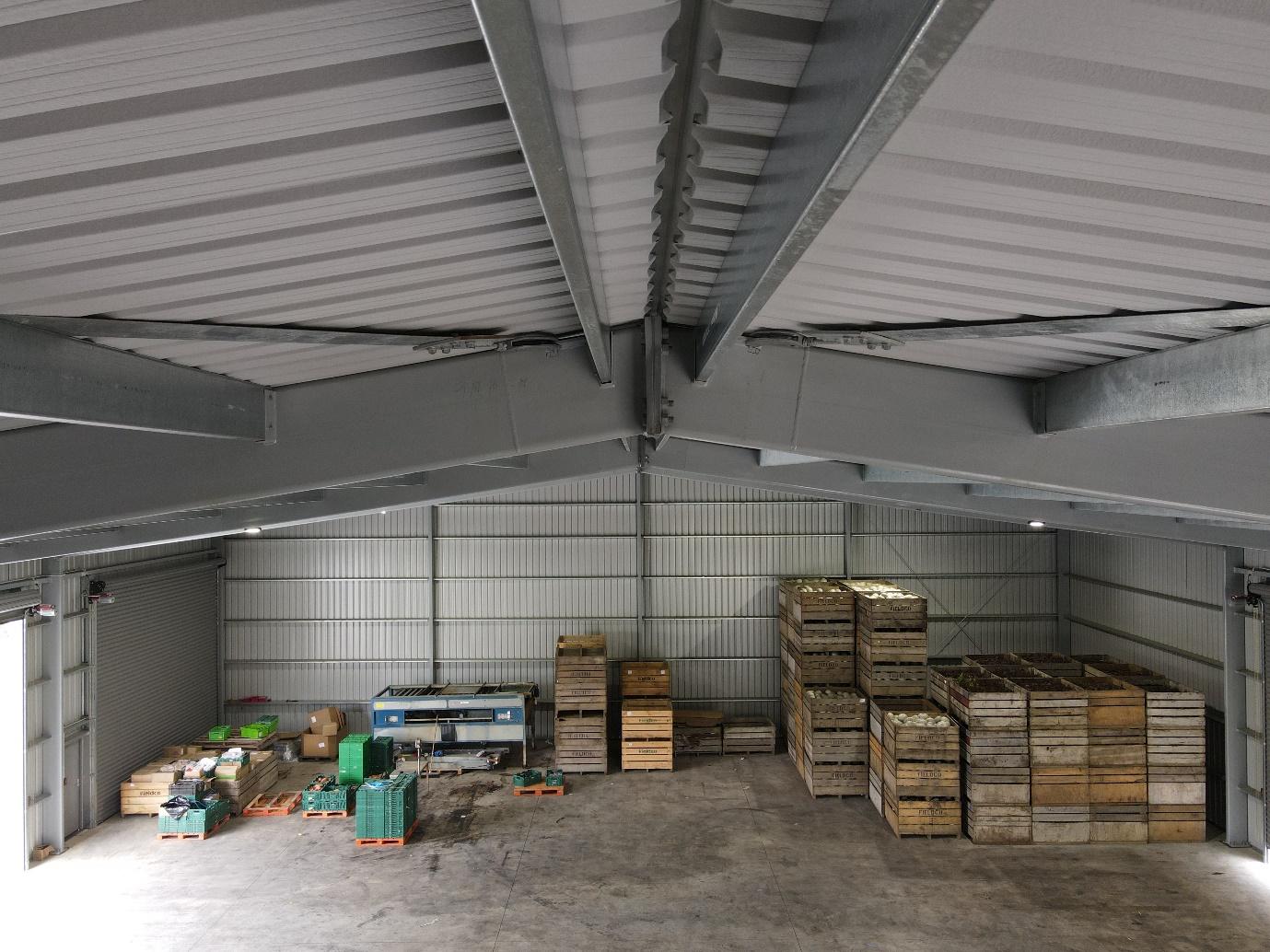Birdproofing your industrial/agricultural building

In the early stages of planning industrial or agricultural buildings, the team here at XL Structural Steel are regularly asked about bird-proofing. Bird-proofing is a consideration in quite specific environments and circumstances. For some, it doesn’t even factor but for others, it’s a primary concern. In this article, we explore all the various options for bird-proofing your building and what will work best for you.
So why should you bird-proof your industrial building?
Generally, people are concerned about bird-proofing when they have had a problem in the past. This could be from birds nesting above equipment and causing damage from acidic bird droppings. It could be a health concern, particularly in food processing areas, where birds could transmit harmful diseases. It can also be aesthetically unpleasant when birds fly about and nest inside a building.
Agricultural Buildings
Agricultural buildings seem particularly prone to attracting birds because there are more birds in rural settings. Additionally, these sheds often have a food source that attracts birds such as grain, seeds, produce, or animal feed.
If birds can roost on the rafters of the shed, it is likely that whatever is below will end up covered in bird droppings, which will corrode the paintwork of tractors, vehicles, and machinery, or damage produce.
Industrial Buildings
In an industrial building, it is vital to consider bird-proofing options when your operations require doors to be left open, you have open canopy areas, or you have product or machinery that is likely to be impacted by birds and their droppings.

Bird Proofing options
There are various bird-proofing options available in New Zealand that are suitable for a range of applications and have varying degrees of success. Some of these options include:
Bird Brush for Roller Doors and Sliding Doors
Starting with the basics, Bird Brush installed on the tops of Roller Shutter doors is a good starting point for bird-proofing your building. Bird brush is a dense bristle strip that is fixed at the top of the door close to the gap between the curtain and the door framing. While this method does go a long way to prevent birds from entering, it is not 100% effective.
Bird brush installed to warehouse/factory doors may provide enough bird-proofing for your industrial buildings if your proposed new building is going to be fully enclosed, the doors will predominately remain closed, and the potential damage from birds within your building is low.
Birdproof Rafter & Purlin Design
The two areas birds typically nest in are open sections in the rafters and purlins. Structures using universal beams and open cold rolled sections are particularly prone to birds. To properly birdproof, closed sections need to be used for rafters and purlins and the roof bracing needs to be installed on the top of the structure.
As many of our customers are concerned about bird proofing, we have a unique structural design using an RHS rafter (rectangular hollow section), and Steelbone enclosed purlin that creates a genuinely zero-bird perch rafter/purlin design.
This design gives a premium long-term solution without the need to retrofit alternatives. However, there are more costs associated with this option as the Steelbone purlins use more material than an open purlin.
Timber Purlin
At XL Structural Steel, we also use a timber purlin with our RHS rafter to create a bird-proof solution. A timber purlin works well on smaller bays up to six metres in width (timber is typically available up to 6m lengths). We find that some building owners and users like to have some timber in the structure as it has a nice feel in terms of the environment. Find out more about the pros and cons of different purlin options here.
Bird Netting
Bird nets can be retrofitted to existing buildings and are used to prevent birds from roosting and nesting under canopies, or on top of rafters and purlins. This can be a cost-effective way to bird-proof your building after it is built.
The downside of netting is that the birds can sometimes find a gap in the netting, get stuck and die. Netting throughout the building can also be visually unappealing.
Other Retrofit options
Pest control services have other retrofit solutions available such as:
Bird spikes: Provide a harmless and non-disruptive bird deterrent typically used on the exterior of the building to protect against larger birds.
Bird repellent gel: This is a sticky repellent gel that can be applied to perch areas such as beams or bracing elements to prevent birds from landing and roosting.
Sound deterrents: Utilising a bird's sensitive hearing and natural alertness to noise, sound deterrent scarers use specific tones and frequencies to repel a variety of birds. However, these sounds can be annoying to staff working in the building.
Cheap Lining Options
In some instances, our team have seen plastic or paper lining fitted to the underneath of the purlins. While this can be a cheap upfront cost to retrofit, this is a very short-term solution as it can deteriorate and sag. Birds could also find a way to get above these linings, leaving you with dead birds and a far less desirable look.
Canopy lining using Aluminium Composite Panels
Another option is lining the underside of the canopy with Indurabond cladding or similar cladding products.
Being a solid material, this comes up looking sharp and is a long-term solution. This is especially beneficial when you are looking for a clean design under your canopy or when there is a structural requirement for C-section purlins, typically in order to get a greater span between bays.
SUMMARY
Choosing the right bird-proofing solution depends on your building's unique needs, budget, and preferences. In many cases, people choose to simply bird-proof the open space that is most at risk from birds.Here are some projects we have worked on where bird-proofing was a consideration:
- Attach2 included XL Structural Steel’s enclosed purlin solution in the open canopy. However, they didn’t require a bird-proof solution within the enclosed building.
- Compac Furniture used an Induracore lining to the open canopy as the bay spans were too large for an enclosed purlin.
- Shade System required a zero bird perch rafter to ensure the environment was birdproof.
- Kiwi Lumber Masterton required a zero bird perch rafter to ensure birds couldn’t perch as the building was not able to be fully enclosed.


It is important to consider bird-proofing options when planning and designing your new industrial building. Bird-proofing can maintain the long-term value of your property, save significant maintenance costs, and protect your assets and employees’ health.
There are various bird-proofing options available from retrofit options to XL Structural Steel’s unique RHS rafter with enclosed purlins system. By choosing the right solution, you can prevent bird infestations, save property maintenance, and enjoy long-term savings.
Get in touch with the XL Structural Steel team today to discuss your particular requirements and we can advise in detail.



